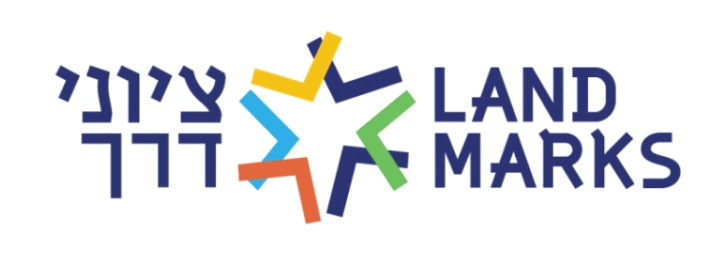About the Center for Jewish Art
"While we can never resurrect whole communities, their synagogues and their artifacts, we can preserve their memory through the documentation and study of their remaining visual culture".
It was with this vision of preserving the artistic heritage of the Jewish people in mind that in 1979 the late Prof. Bezalel Narkiss, Israel Prize Laureate, established the Center for Jewish Art, a research center at the Hebrew University of Jerusalem
For over thirty years the Center has engaged in comprehensive documentation of Jewish art from all over the globe. All facets of Jewish visual art are included, and divided into five categories: Hebrew Illuminated Manuscripts, Sacred and Ritual Objects, Ancient Jewish Art, Modern Jewish Art, as well as Jewish Ritual Architecture.
Thus far, the Center has documented works in 41 countries, from India in the east to the USA in the west. Special attention was paid to the remnants left in the wake of WWII and the Communist regimes in Europe. Collapse and ruin have been the fate of hundreds of synagogues in Eastern Europe and thousands more worldwide. Hence, the Center documents Hebrew illuminated manuscripts and ritual objects that have been dispersed in libraries, museums and private collections all over the world.
The detailed descriptions and photographs prepared by the Center’s researchers preserve these objects for future generations. Since its inception, the Center has been in a race against time. In many cases the researchers reached sites just in time to document and photograph before a synagogue collapsed or was sold as a real estate commodity, or more ritual objects sold at auction or to dealers.
All the documentation, including detailed textual descriptions, architectural plans and photographs, is incorporated in the Bezalel Narkiss Index of Jewish Art (formerly the Jerusalem Index for Jewish Art), the world's most comprehensive and systematic Jewish art data collection. At present, the Index comprises documentation of about 150,000 objects, ranging from coins to complexesf synagogues. The objects are also classified according to iconographic subjects, with biographic and bibliographic cross-references.
Through documentation and computerization, our researchers try to reconstruct the rich visual cultures of lost communities and preserve them for posterity. With the forthcoming digitization of the Center's archives, and their incorporation into the National Library's website, the information it has amassed for over thirty years will be preserved and made accessible to academic researchers. It will enable the young to learn about their heritage and the old to cherish and remember.







